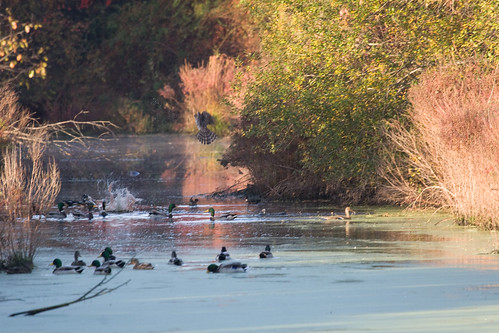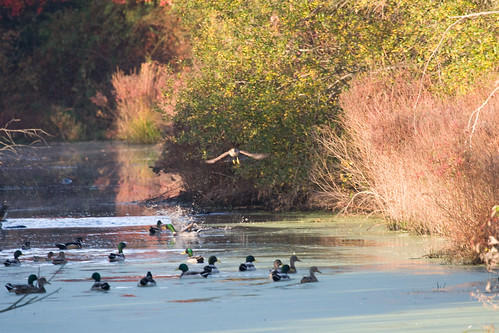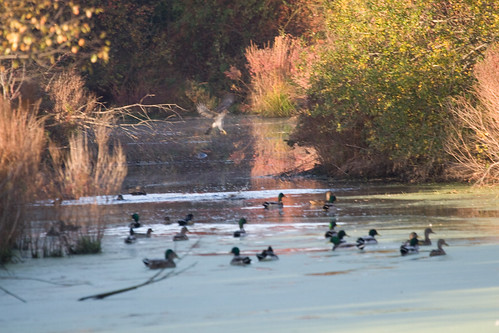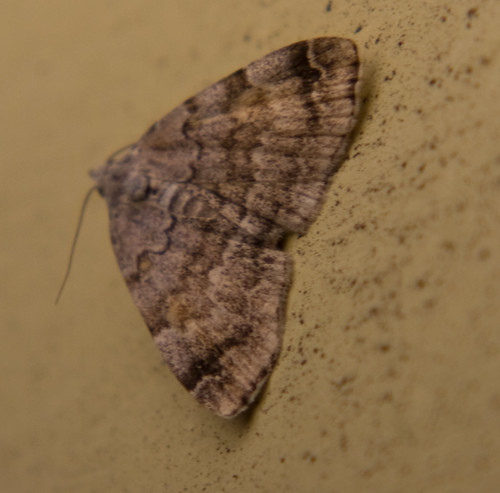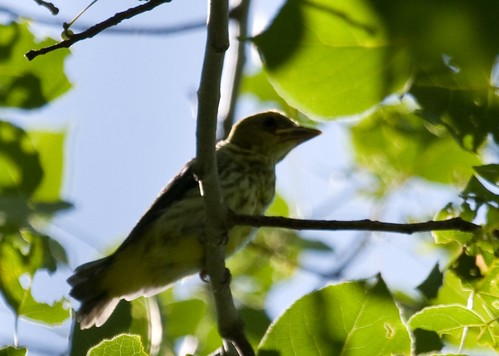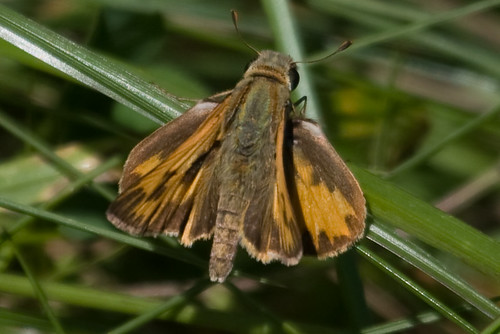Time for something a bit different. Today I’ll briefly talk about the Vischer Ferry Nature Preserve. Far outside my usual area, it’s located in Clifton Park, New York and was one of the primary areas I birded while at school.
The area is a large wetland complex between the Mohawk River and the Erie Canal. There’s a trail that loops up to the river and back, covering both wetlands and woods. You can also walk a long distance along the canal, covering a variety of woodlands.
Being a place near school, I was only able to visit for part of the year. Spring and fall were both very good (although the insects in early fall were almost unbearable). Winter was not very exciting in the couple visits I made. From the list of marsh birds that could be found, I’d guess summer would be good, but I never was around to visit.
My standard loop was to cross the bridge and head straight out. Check the water for ducks and the edge of the trail for sparrows. There was a short trail to the right that was worth a check (although I don’t think I ever found much in birds along there). I’d continue on past the next open water. In spring, I’d then head down to the right into the wooded area a bit.
The next stop is up at the river. The trail was often very muddy and I never actually saw much of anything, but there were good things reported occasionally. Continuing down to the left, the woods often had nice warblers. Working all the way back around, land birds could be all over and the canal side often had early swallows.
After completing the loop, I’d continue down the canal until I ran out of time. There were more good views of the marsh, often with a good variety of ducks. Once into the woods, I found some different things (Winter Wren for example) that were not likely to be found in other parts. The trail here appears to continue for several miles, I never found the end.
For directions and more, see the Hudson-Mowhawk Bird Club. Their book on birdfinding in the region is especially recommended (and I see they have a new edition out). If you’re in the area, they’re worth joining. Not quite the BBC, but a good club.
And here’s the type of thing that can show up (taken in May 2004 on the marsh side of the canal trail):

